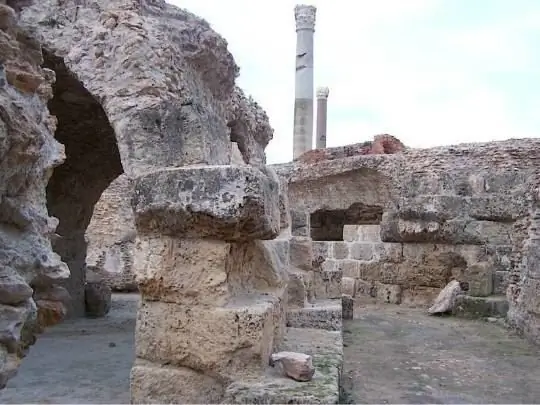
Description of the attraction
50 km from the city of Tunisia and not far from Hammamet (in the Yasmine Hammamet area) there is a former ancient Roman settlement dating back to the II-III centuries of our era. Now this ancient city is located on the territory of the archaeological zone of Sidi Jedidi and is open to the public.
This city was very developed. On its territory, archaeologists discovered Roman villas with colorful mosaics, which at that time were available only to the nobility, baths and other stone structures. An ancient Roman road that ran from Carthage itself was also excavated. From these buildings, one can judge that a trade route from Hammamet passed through the settlement, or that this city itself was a major trading place.
Historians, studying even more ancient surviving foundations, suggest that on the site of this city there was once a Phoenician settlement founded in the 1st century AD. When this territory was captured by Roman troops, Phoenician houses began to be gradually rebuilt, in their place stone ones were built, which have survived to this day. The Romans built a temple in this settlement and even a small amphitheater. In the XIV century, the entire building was plundered, and then destroyed by Catalan pirates. Since then, the city has been practically deserted and no buildings have been restored.
Next to the remains of buildings in the Sidi Jedidi zone, there are burials of the 2nd-3rd centuries AD. History buffs will surely be interested in the ancient tombs as well as the catacombs, some of which have survived to this day almost intact.
On the territory of the archaeological zone, you can walk along the ruins of ancient streets, looking at the remains of Roman villas, walls and columns decorated with mosaics.






